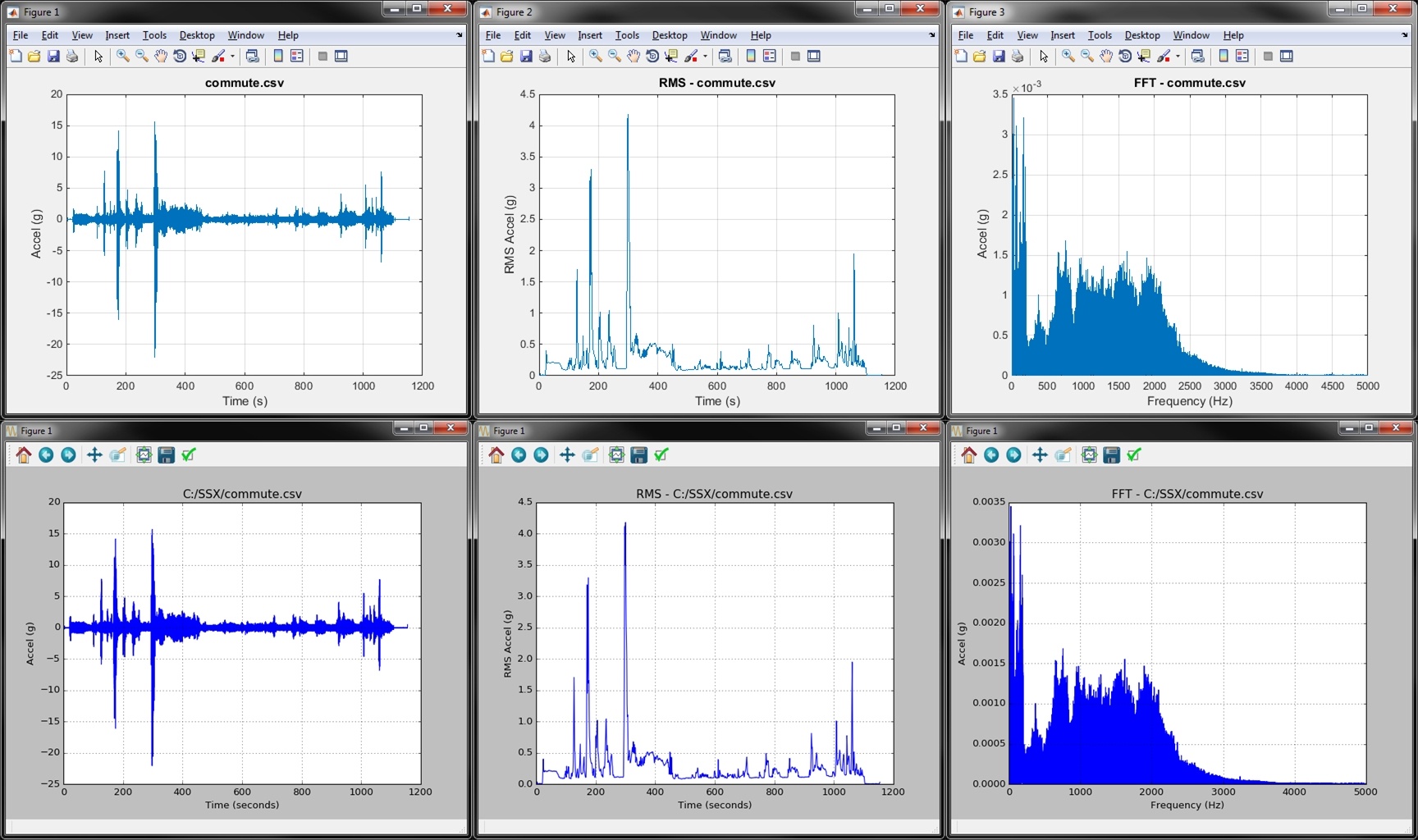

Additionally, MATLAB has a growing community of users who develop and share their own toolboxes. These toolboxes are developed and maintained by MathWorks, the company behind MATLAB, and are well-documented and supported. MATLAB has a large number of built-in toolboxes that provide additional functionality for specific tasks, such as signal processing, control systems, and image processing. Matplotlib on the other hand, is the most popular visualization library for Python, and it is very similar to MATLAB’s built-in plotting tools. In terms of data visualization, Python has more libraries, such as Seaborn, Plotly, and Bokeh, that allow for more interactive and dynamic visualizations. Additionally, Python’s libraries are open source and have a large community of users and developers, which means that new tools and libraries are constantly being developed and updated. These libraries provide a wide range of functions for data manipulation, statistical analysis, and visualization. Python also has a number of libraries for data analysis and visualization, such as NumPy, Pandas, and Matplotlib. Additionally, MATLAB’s built-in plotting tools are highly customizable and can produce publication-quality figures. It also has a number of toolboxes that provide additional functionality, such as the Statistics and Machine Learning Toolbox and the Computer Vision System Toolbox. MATLAB has a wide range of built-in functions for data analysis and visualization, including tools for statistical analysis, signal processing, image analysis, and machine learning. Data Analysis and Visualization Capabilities Python may be the better choice if you need a more flexible platform that can be used for a wide range of tasks and has many libraries. MATLAB may be the better choice if you need a platform that is easy to use and has many built-in functions. Both MATLAB and Python have a steep learning curve, but once you’re familiar with one, it’s relatively easy to use.Ĭhoosing between MATLAB and Python will depend on your specific needs and the type of work you will be doing. In terms of ease of use, MATLAB may be slightly easier for beginners because of its more consistent syntax and built-in editor, but Python’s flexibility and wide range of libraries make it easier to perform specific tasks. Additionally, there are many libraries available for Python which can make it easier for the user to perform specific tasks. However, this also means that Python’s syntax can be more complex and may require more coding experience. It is a general-purpose programming language, which means it can be used for a wide range of tasks beyond just scientific computing.


Python, on the other hand, has a more flexible and open-ended syntax. Additionally, MATLAB has a large number of built-in functions and toolboxes that can be used to perform common tasks. It also has a built-in interface for creating and editing scripts, called the MATLAB editor, which makes it easy to write and debug code. MATLAB has a very consistent and structured syntax that is similar to other programming languages such as C++ and Java. MATLAB and Python have relatively simple and easy-to-learn syntax, but they have some key differences. Data Analysis and Visualization Capabilities.By the end of this article, you will better understand which platform is right for your specific needs. This article will compare MATLAB and Python in terms of syntax and ease of use, data analysis and visualization capabilities, toolboxes and libraries, speed and performance, community and support, cost and licensing, and more. Both have their own strengths and weaknesses, and choosing between them can be a difficult decision. In the world of scientific computing, two of the most popular platforms are MATLAB and Python.


 0 kommentar(er)
0 kommentar(er)
